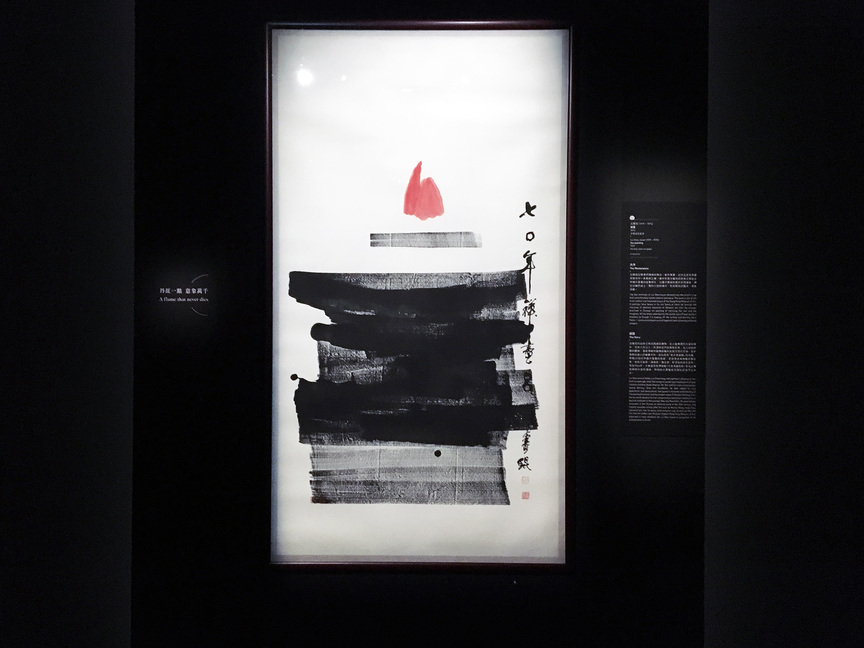
R
E
V N
E
X
T
The Hong Kong Museum of Art has reopened in a renovated complex covered with light-reflecting modular cladding as part of its new facade. All photos by Lauren Long for ArtAsiaPacific.
On the last day of November at the Tsim Sha Tsui Promenade, the Hong Kong Museum of Art (HKMoA), closed since 2015 for renovations, opened once again to the public. The revamped museum boasts a new glass-walled gallery floor, as well as an annex block with nine-meter-high ceilings designed to accommodate large-scale installations, extending the total exhibition space from 7,000 to 10,000 square meters.
HKMoA inaugurated its refurbished site with a total of 11 displays (all 2019–20), ranging from Chinese antiques, classical paintings, and calligraphy to modern and contemporary art, mostly from the museum’s permanent collection. “Ordinary to Extraordinary: Stories of the Museum” narrated the institution’s five-decade-long history with a selection of its finest items representing the breadth of HKMoA’s holdings. A corresponding exhibition of 14 newly commissioned installations by local artists reinterpreted each of the highlights, instigating a trans-historical dialogue in “Classic Remix: The Hong Kong Viewpoint.”
Also on view were four presentations of recently donated single-owner collections, including a selection of the 450 works by Chinese painter Wu Guanzhong gifted by the late artist and his family to HKMoA. Exhibited at the museum’s new Wu Guanzhong Art Gallery, the show is the first in a two-part series planned by HKMoA on the occasion of the centenary of the artist’s birth.
The traveling Tate exhibition “A Sense of Place: From Turner to Hockney,” surveying British landscape paintings from the past three centuries, landed at HKMoA following earlier presentations in Beijing and Shanghai. As a response to the show, site-specific installations by Hong Kong artists reinterpreting the port city’s own landscape were commissioned for “The Breath of Landscape” and “Rediscovering Landscape,” respectively shown in the annex and outdoor areas.
“Hong Kong Experience • Hong Kong Experiment,” a new exhibition series centered on the unique aspects of the city’s art and culture, included paintings and sculptures in its first iteration, loosely chronologically ordered to cover the development of Hong Kong’s art scene, from modernism and the New Ink Movement to contemporary creative currents grappling with both globalization and localization.
Lauren Long is ArtAsiaPacific’s news and web editor.
To read more of ArtAsiaPacific’s articles, visit our Digital Library.















